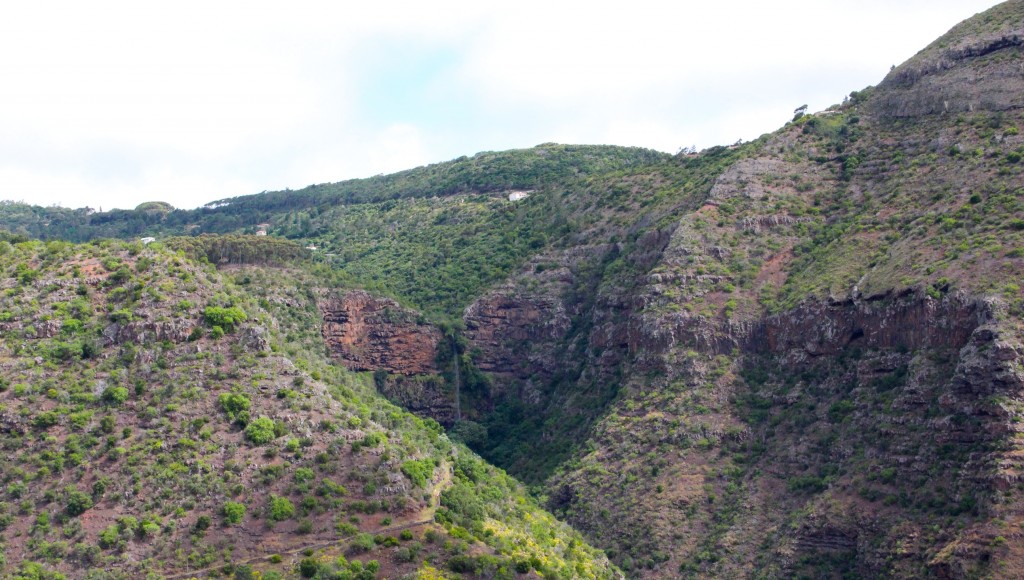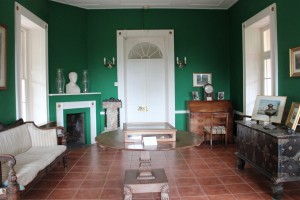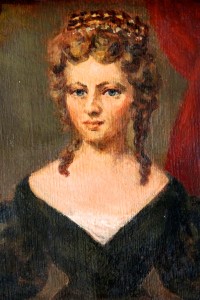 In 1815, a few days before Napoleon Bonaparte arrived on St Helena, a fast sloop brought the governor news that the island had been chosen for the defeated emperor’s exile. The surprised authorities scrambled to find a secure residence for their illustrious prisoner, but the remote South Atlantic island offered few choices. They settled on Longwood House, a set of run-down buildings on an arid plain, but it would take weeks to put the place in order.
In 1815, a few days before Napoleon Bonaparte arrived on St Helena, a fast sloop brought the governor news that the island had been chosen for the defeated emperor’s exile. The surprised authorities scrambled to find a secure residence for their illustrious prisoner, but the remote South Atlantic island offered few choices. They settled on Longwood House, a set of run-down buildings on an arid plain, but it would take weeks to put the place in order.
 When Napoleon disembarked, he and Admiral Cockburn, who had charge of his security, rode the five miles from Jamestown harbor to Longwood. After six weeks in cramped ship quarters, General Bonaparte (as the British now insisted on calling the former emperor) had hoped for more comfortable surroundings. Riding disheartenedly back to Jamestown, he and his escort came across a pleasant estate in a valley below a heart-shaped waterfall. When they stopped to meet the owners, the Balcombe family offered the emperor their main house, the Briars, as a temporary residence. Not wishing to inconvenience his hosts, he moved into their summer pavilion, a one-room building with an attic.
When Napoleon disembarked, he and Admiral Cockburn, who had charge of his security, rode the five miles from Jamestown harbor to Longwood. After six weeks in cramped ship quarters, General Bonaparte (as the British now insisted on calling the former emperor) had hoped for more comfortable surroundings. Riding disheartenedly back to Jamestown, he and his escort came across a pleasant estate in a valley below a heart-shaped waterfall. When they stopped to meet the owners, the Balcombe family offered the emperor their main house, the Briars, as a temporary residence. Not wishing to inconvenience his hosts, he moved into their summer pavilion, a one-room building with an attic.
 Napoleon stayed with the family for six weeks and often referred to that time as his happiest in exile. The Balcombes’ two daughters, who spoke French, quickly overcame their shyness. The younger, a brash thirteen-year-old named Betsy, formed an immediate kinship with the man she’d been raised to think of as “a huge ogre . . . with one large flaming eye.”
Napoleon stayed with the family for six weeks and often referred to that time as his happiest in exile. The Balcombes’ two daughters, who spoke French, quickly overcame their shyness. The younger, a brash thirteen-year-old named Betsy, formed an immediate kinship with the man she’d been raised to think of as “a huge ogre . . . with one large flaming eye.”
Although the Balcombe’s main house at the Briars was destroyed long ago, Napoleon’s summer pavilion has survived, with additions built on over the years. The center room where Napoleon stayed is open to the public and contains memorabilia from his time there, including this oil painting of Betsy. In my next post, I’ll review her memoir, Recollections of the Emperor on St Helena.

Pingback: SEEING THE WORLD THROUGH BOOKS » Blog Archive » Thomas Keneally–NAPOLEON’S LAST STAND